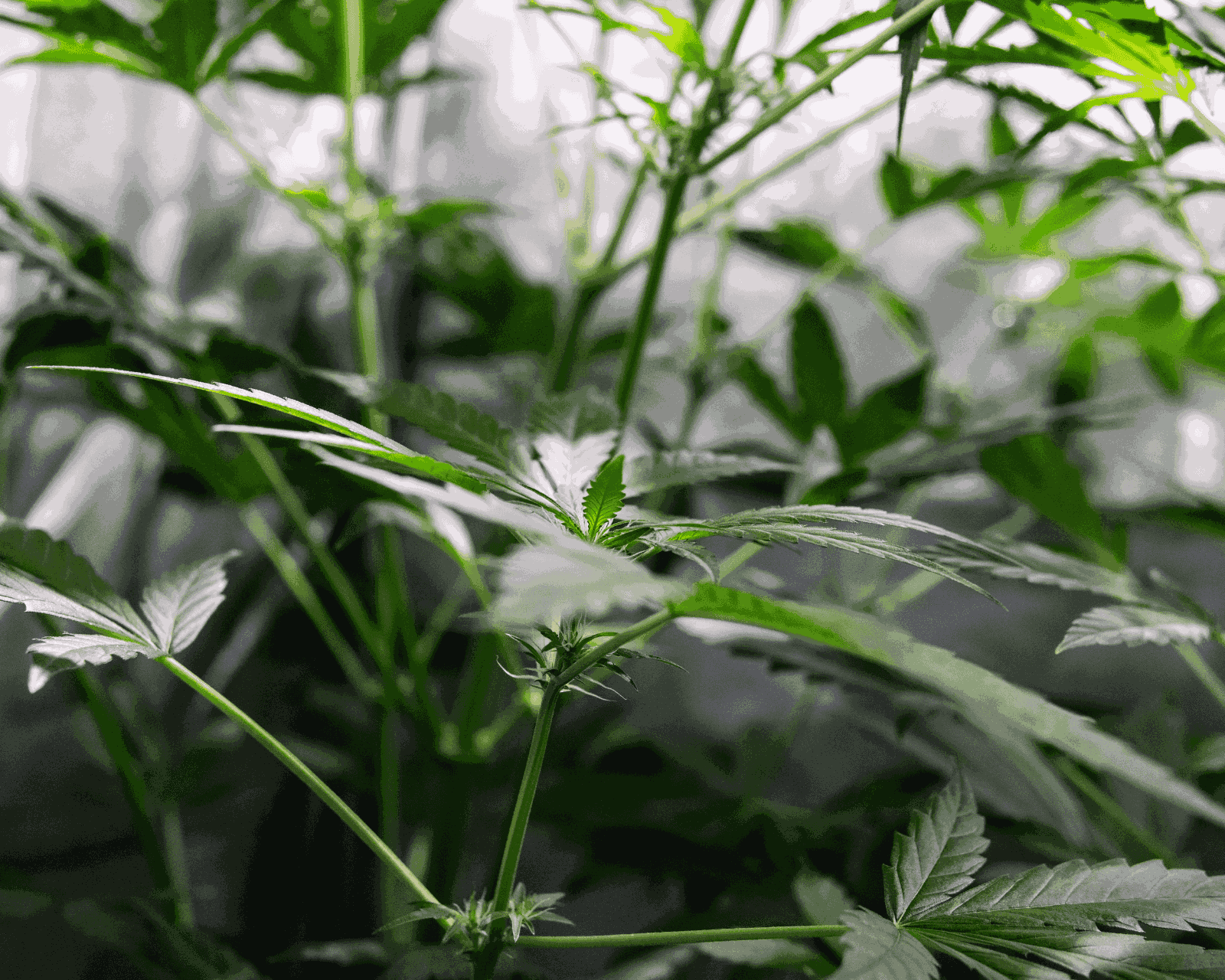Gardeners who want to grow various plants in their homes are increasingly interested in indoor gardening with the introduction of indoor grow lights.
People choose to grow plants indoors for several reasons: some do it as a hobby, some to add color to their living spaces, and others to grow their food.
For whatever reason, indoor cultivation yields superior results and allows you total control over the environment of the plants.
One of the hardest things that many gardeners find is controlling humidity. IRaising humidity can significantly improve the atmosphere in a grow room, making it much more favorable for your plants. This blog will discuss how to raise humidity in a grow tent.
What is the Relative Humidity?
Humidity measures the amount or concentration of water vapor in the atmosphere. Water vapor is the term for gaseous water imperceptible to the unaided eye. Simply put, humidity is the amount of water vapor in the air.
Humidity is crucial for fostering a healthy environment for plant growth. While most plants can thrive in an interior with typical humidity levels, maintaining appropriate or ideal humidity is always beneficial to ensure that your plants attain the perfect size and quality.
First, let’s get acquainted with some of the most basic terminology that this blog will address. This will keep you informed as we explore deeper and learn more about raising humidity in a grow tent.
 How to Increase Humidity in Grow Tent?
How to Increase Humidity in Grow Tent?
If you’re an avid gardener or a seasoned plant enthusiast, you struggle to maintain the proper humidity levels in your space. Let’s discuss how to increase humidity in a grow tent.
Transpiration
Transpiration is the process by which plants release moisture. When plants are gathered, they create a microclimate where transpiration increases humidity.
This method is beneficial if you have multiple plants that require a similar amount of humidity.
Use Pebbles or Water Trays and implement
To increase the humidity, place plastic plant saucers or water trays in strategic locations. The water-filled trays should be placed under plants or close to heat sources.
As the water vapor evaporates, the inside of the tent will become humid. Remember to check the water levels regularly and replenish as needed.
Adjust Ventilation
Ventilation controls have the potential to alter humidity as well. Reducing airflow can help the tent retain moisture and increase humidity.
Achieving a balance between maintaining adequate ventilation and preventing the buildup of stagnant air is crucial.
Use a Misting System
A misting system can help to maintain the correct humidity level. These gadgets spray a fine water mist over plants to immediately hydrate them.
To avoid oversaturating the plants, make sure the misting system is set to a thin mist.
Select the Appropriate Growing Media
The growing medium you choose may impact the humidity level. Sphagnum moss and coco coir are examples of organic materials that retain moisture better than regular soil, helping to create a more humid environment.
Mix these mediums with your preferred soil to keep the most humidity possible.
How to Decrease Grow Tent Humidity?
We have described how to increase humidity; now, we’ll examine the steps to reduce it in detail.
Grow Tent Humidifier
A grow tent humidifier is necessary to maintain the proper humidity level. Enhance the internal airflow by carrying out the following actions:
Invest in Fans for Ventilation
Install exhaust fans to draw in outside air and push out humid air. This will efficiently reduce the tent’s humidity level and promote air circulation.
Create Ventilation Apertures
Ensure your tent has sufficient apertures or vents to let air flow through. These openings allow humid air to escape, and fresh air can enter.
Make Use of Dehumidifiers
Dehumidifiers are great appliances for managing to grow tent humidity. Think about the following choices:
Carry-Along Dehumidifier
Purchase a portable dehumidifier made especially for cramped areas. These gadgets efficiently remove surplus moisture from the air.
Packs of Silica Gel
Place silica gel packets strategically throughout your tent to absorb moisture and lower humidity.
Modify Your Watering Methods
The main factor in regulating the humidity level is proper irrigation strategies. Observe these rules:
Track Soil Moisture
Use a moisture meter or a straightforward finger test to determine the moisture in the soil. If you overwater your plants, relative humidity will rise.
Water When It’s Suitable
Give your plants a morning watering so that any extra moisture has time to evaporate before dusk falls.
Use Buckets or Humidity Packs
Humidity packs or buckets can be used to reduce humidity. Try these methods:
Packs of Humidity
Store desiccant packs with silica gel or moisture-absorbing beads.—these packs effectively lower humidity by absorbing excess moisture.
Activated Charcoal Buckets
They should be stored in well-chosen spots. Charcoal is a naturally occurring absorbent that reduces humidity.
 Maximise Control Over Temperature
Maximise Control Over Temperature
You can better regulate the humidity in your tent by keeping it at the right temperature. Consider the following:
Use Cooling Apparatus
Invest in air conditioners, fans, or other cooling devices to lower the temperature and reduce humidity.
Avoid High Temperatures
As they increase the air’s relative humidity. Verify that your tent is not receiving excessive heat from any external sources.
Prune and Space Out Your Plants
Elevated humidity levels can be attributed to the overcrowding of plants. Put the following strategies into action:
Pruning
To remove extra foliage, regularly trim and prune your plants. This lowers humidity and encourages improved ventilation.
Enough Space
Ensure there is enough room between your plants so air may flow freely. Appropriate spacing aids in preventing moisture buildup.
Keep an Eye On and Make Adjustments
Maintaining optimal humidity levels requires routine observation. Consider executing these steps:
Use a Hygrometer
Invest in a reliable hygrometer to measure humidity levels properly. This will allow you to make any required adjustments quickly.
Examine Your Plants
Keep a close eye on your plants and search for signs of stress or moisture issues. In light of this, modify your techniques for controlling humidity.
Conclusion
Remember to monitor the humidity levels regularly, adjust the ventilation and lighting systems as needed, and use the appropriate dehumidification or humidification strategies. You can create the perfect refuge for your plants to flourish if you exercise the right control.







